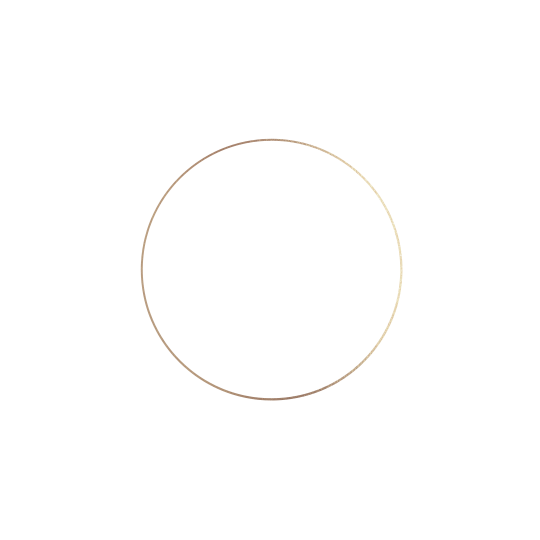Simon & Samantha
February 22, 2020

Feb 22
2020
TO 12:00 am
On 29th January 1788, Captain Hunter and Lieutenant Bradley landed on Quarantine Beach during an initial survey of Sydney Harbour just three days after the First Fleet arrived in Port Jackson. From the 1830s until 1984, migrant ships arriving in Sydney with suspected contagious disease stopped inside North head and offloaded passengers and crew into quarantine to protect local residents.
As Australia’s longest continuously operating quarantine station, our site has undergone significant change over time. The Quarantine Station’s heritage buildings reflect a rich history, highlighting historical themes of gender, race and class. Thousands of carved sandstone engravings record the diverse cultural and social backgrounds as well as varying experiences of the quarantined passengers.
After its closure as an operational maritime quarantine facility on 16th March 1984, ownership of the Quarantine Station was transferred from the Commonwealth to the State Government and it was reserved as part of Sydney Harbour National Park. Today the site is listed on both State and Commonwealth heritage registers as an integral element of North Head and its Aboriginal, natural and cultural significance.
North Head is home to varied flora and fauna including endangered populations of eastern long-nosed bandicoots, little penguins, sunshine wattle and eastern suburbs banksia scrub all make their home amidst the built environment of the Quarantine Station. North Head is also part of the richer history of Aboriginal occupation of Sydney Harbour. Whilst there is little detail in recorded knowledge of the Aboriginal presence on the Manly peninsula, one of the local clans associated with North Head (a tidal island called Car-rang gel) were the Gayimai. Carrang gel was an important ceremonial site used by the Koradgee (the wise ones) of the associated clans of the Northern Beaches. It was a place of significant teaching and ceremonial practice.